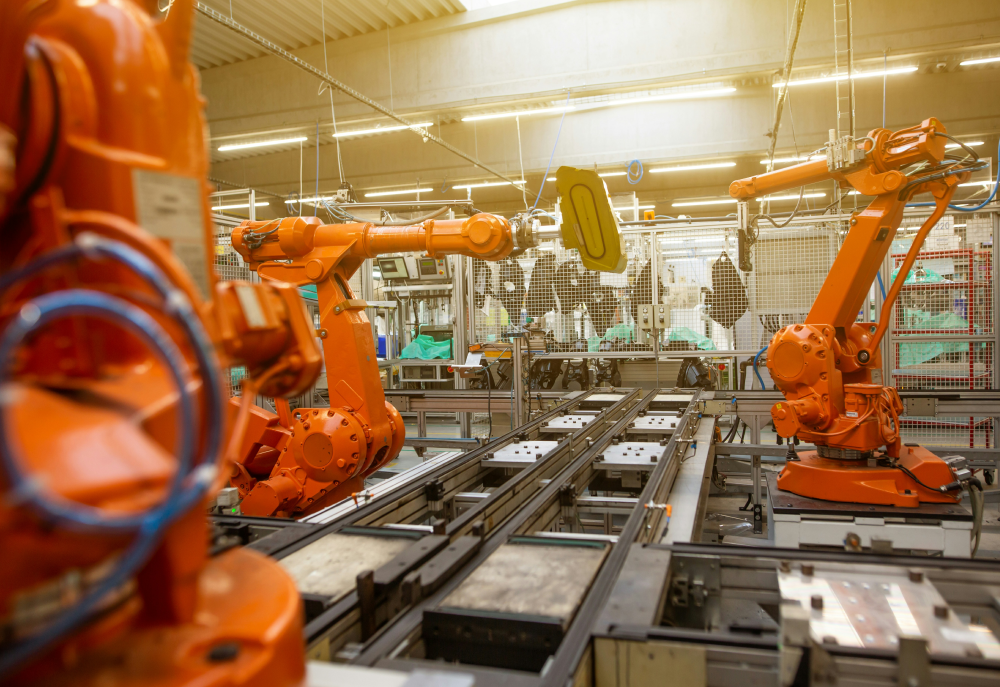
Improve Experience and Traceability in the Factory Floor with IoT Integration
The shop floor is evolving rapidly with the adoption of the Industrial Internet of Things (IIoT), marking the beginning of a new era in the industrial sector. The integration of peripherals such as barcode scanners, label printers and andons is redefining the digitalization of production operations, offering a better user experience and greater visibility, traceability and efficiency. This digital transformation is evolving thanks to systems with two-way communication, which can not only receive data from these devices, but also return data with other information to them. In essence, they get the various devices talking about a topic, whatever it may be.
Some practical examples using this technology to improve production processes
IoT integration with Andon systems
The adoption of IoT technology to create a digital andon in conjunction with connection to physical andons allows for the best of both worlds: a single point of data collection for the operator, the collection of this information in real time allowing the consultation of its entire history and maintaining "offline" visibility on the shop floor. This integration promotes a faster and more comprehensive digital way for problems to be identified and resolved, without taking away access to physical information for everyone on the shop floor.
IoT integration with label printers
The integration of label printers with IoT technology simplifies production management by enabling the automation of label creation based on real-time data. This synergy guarantees precise traceability of products, from production to the end customer, and can significantly improve quality management and customer satisfaction. Within the manufacturing process, for example, this integration can make it possible to print a label automatically whenever there is a defective part, putting the information on the type of defect and its destination (rework, scrap, etc.) there, thus helping to ensure that the part follows that path and that all teams can access that information in the process.
IoT integration with barcode scanners
The combination of barcode scanners and IoT technology opens the door to guaranteed information quality and a simplified user experience. This integration enables instant and accurate data capture, optimizing inventory management and product traceability. With the ability to create business rules for reading and sending this information, the use of barcodes to select information on which product or manufacturing order to produce, for example, means that filling errors can be drastically reduced. This form of input also often facilitates the agility of operators, allowing them to minimize the entropy created on a day-to-day basis by the necessary production records.
IoT integration challenges
Although there are many benefits to integrating IoT peripherals, companies can face significant challenges during implementation. The complexity of systems integration, the need for staff training and concerns about data security are some of the most common obstacles. In addition, choosing the right devices and configuring them correctly are crucial to ensuring effective communication between peripherals and production management systems.
In this sense, overcoming these challenges is possible through a strategic approach and the support of specialized platforms, such as proGrow, which offer integrated solutions to facilitate the transition to smart production environments quickly and easily.
Want to revolutionize your shop floor with cutting-edge technology? Find out how proGrow can help you integrate IoT into your production to improve traceability, efficiency and much more.
Contact us today to find out more and start your transformation!
Is your production efficiency a mystery?
Use our OEE Calculator and gain access to real data from your industrial machines to optimize your factory!
More articles

Digitalization Paves the Way for Green Production and Sustainability
Discover How to Make Your Factory Greener Through Digitalization!


